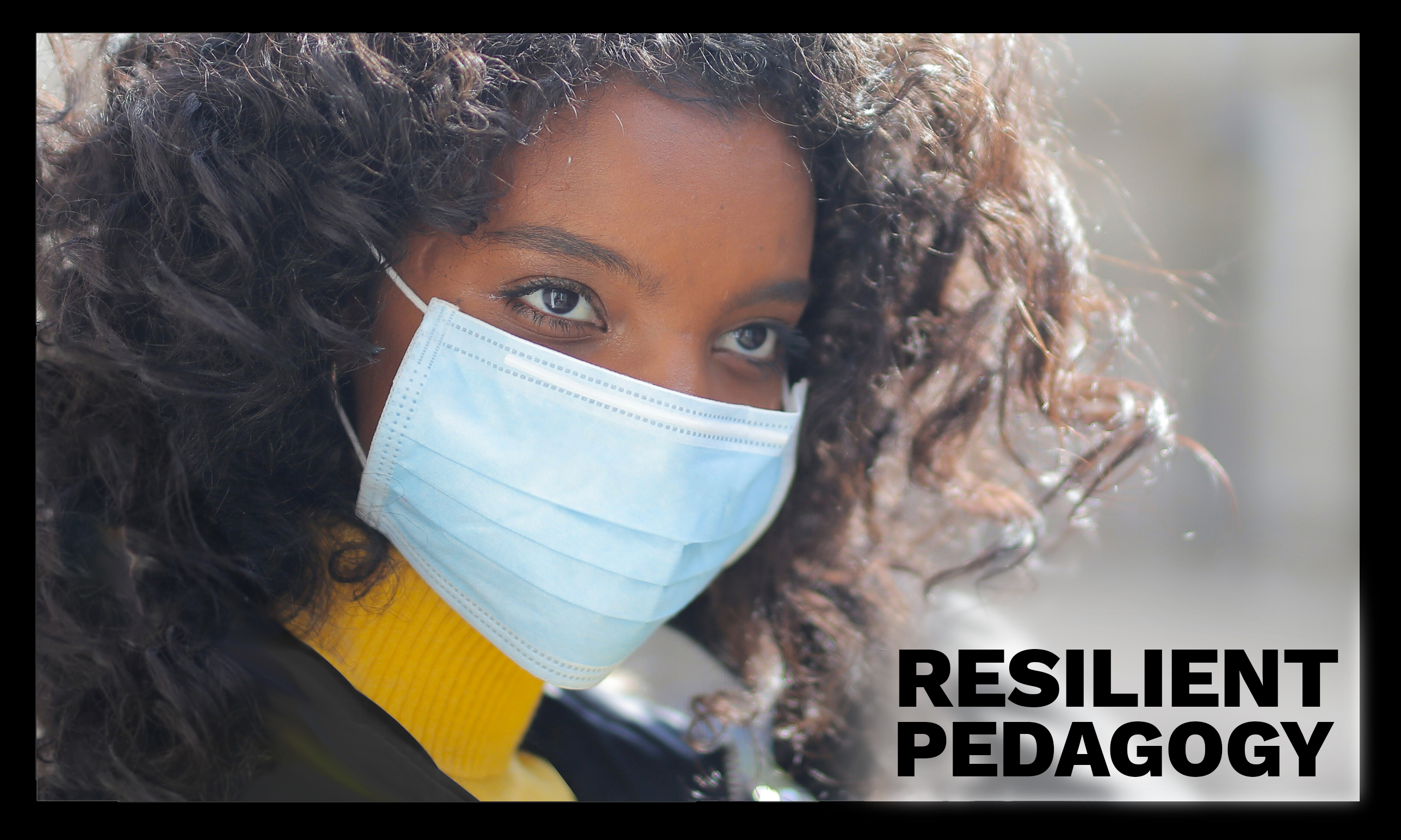
Resilient Pedagogy
Document Type
Chapter
Editor
Travis N. Thurston, Kacy Lundstrom, and Christopher González
Publisher
Utah State University
Publication Date
6-7-2021
First Page
13
Last Page
36
Creative Commons License

This work is licensed under a Creative Commons Attribution-Noncommercial-No Derivative Works 4.0 License.
Abstract
When the COVID-19 pandemic hit in spring of 2020, like many educators, I experienced a definite disruption in the structure and plans I had designed for my courses. I was teaching a mix of graduate and undergraduate classes—some with as few as seven students, others with as many as 98, some upper-level skills-based courses, others in the broad general education arena, but all of them designed exclusively for face-to-face delivery. In fact, due to some long-standing institutional prejudices against online instruction, the opportunity to teach in a mode other than face-to-face had never materialized over the 10 years I had taught in higher education. Even a one-time request to teach a summer class in the fully online space was denied, so I should have been wholly unprepared to make the “emergency pivot” to virtual, remote instruction. However, despite no real practice in non-face-to-face modalities, I didn’t find the pivot to be particularly stressful. I hesitate to make this claim in print, and I understand the immense privilege I have in so doing (e.g., highly functional Wi-Fi, a corner of my bedroom where I could add a desk, a partner with a flexible work schedule and the capacity to share in childcare duties, job security via tenure), but it’s true—it only took about a day of strategizing for each of the four different courses I was teaching to figure out how to make the transition.
Recommended Citation
Masland, L. C. (2021). Resilient pedagogy and self-determination theory: Unlocking student engagement in uncertain times. In Thurston, T. N., Lundstrom, K., & González, C. (Eds.), Resilient pedagogy: Practical teaching strategies to overcome distance, disruption, and distraction (pp.13-36). Utah State University. https://doi.org/10.26079/a516-fb24.
Included in
Higher Education Commons, Online and Distance Education Commons, Teacher Education and Professional Development Commons


Comments
View in html or various e-book formats.
Version 2 uploaded on 11/10/22.